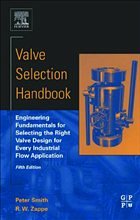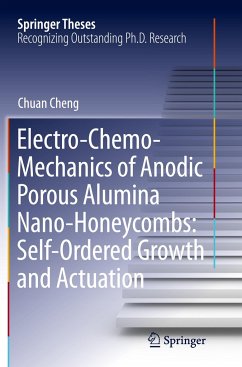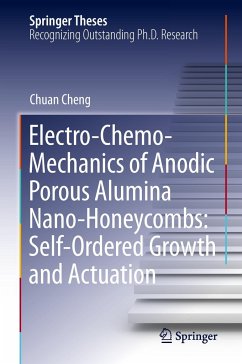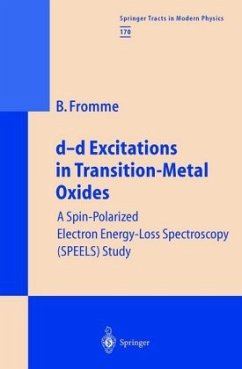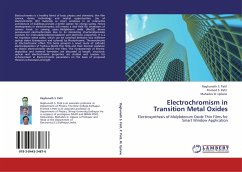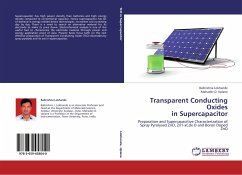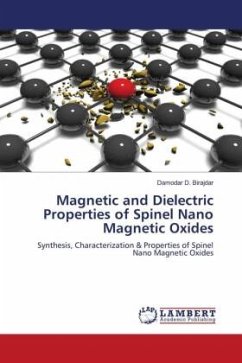
High throughput growth of anodic oxides on valve metals
Combinatorial thin film material libraries - growth, modification and characterization of anodic oxides
Versandkostenfrei!
Versandfertig in 6-10 Tagen
45,99 €
inkl. MwSt.

PAYBACK Punkte
23 °P sammeln!
Pure anodic oxides grown on valve metals such as Al, Hf, Nb, Ta and Ti have various properties which can be exploited for applications in electronics, biomaterials or corrosion protection. In this work, modified anodic oxides were obtained in two modes: by nanoparticle incorporation in pure anodic oxides and by anodization of metallic alloys previously fabricated using combinatorial thin film depositions. The nanoparticle synthesis was achieved by ion implantation or by molecular beam deposition methods. The repassivation of the oxide surface after modification was discussed and the effect of ...
Pure anodic oxides grown on valve metals such as Al, Hf, Nb, Ta and Ti have various properties which can be exploited for applications in electronics, biomaterials or corrosion protection. In this work, modified anodic oxides were obtained in two modes: by nanoparticle incorporation in pure anodic oxides and by anodization of metallic alloys previously fabricated using combinatorial thin film depositions. The nanoparticle synthesis was achieved by ion implantation or by molecular beam deposition methods. The repassivation of the oxide surface after modification was discussed and the effect of the nanoparticles on the electrochemical properties were analysed. A scanning droplet cell was used for growth and characterization of anodic oxides on Al, Hf, Nb, Ta, Ti and their binary and ternary alloys. The electrical resistivities and dielectric constants of the oxides were mapped in situ as a function of the alloy compositions using impedance spectroscopy. The semiconducting properties of the modified oxides were analysed using Mott-Schottky plots. Their compositions were studied by depth profile XPS analysis and were compared with the compositions of the parent metal alloys.



